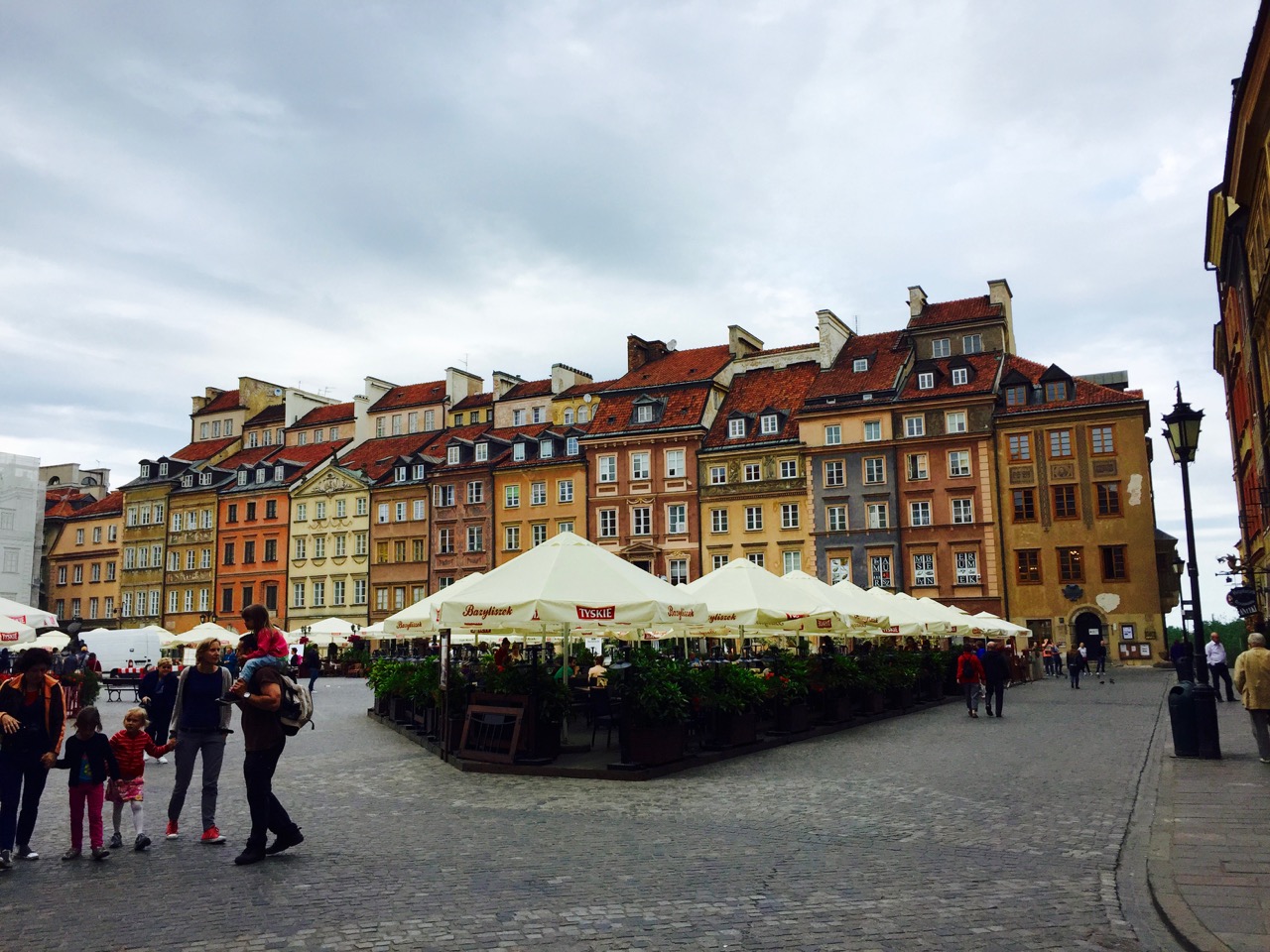Warsaw is possibly one of the most resilient cities in Europe, having been threatened with total destruction many times in it’s history, only to recover again in the following years. In the last few decades, the city has been recovering from almost being destroyed in the Second World War, to enduring a Communist regime imposed by the Soviet Union.
Now, the city is a cool, up-and-coming destination for backpackers, and well worth a visit. Below, we’ll look at some of the best historical attractions in Warsaw where you can learn what got the city to where it is today!
Warsaw’s Old Town
As you’ll probably remember from Year 9 History, the Second World War in Europe started when the Nazis invaded Poland, as part of their plan to colonise eastern Europe. Part of this plan was to completely destroy Warsaw and Polish culture as a whole, and when the local population rebelled in 1944, the Nazi leadership brought forward their plans for total destruction.
What followed was almost a complete demolition of the city – by 1945 it’s estimated that nearly 90 percent of the city had been demolished.
So how is it that today, a beautiful medieval town still stands in the centre of the city?

The truth is, Warsaw’s old town isn’t actually that old at all. After the war ended and the Soviets put a new regime in place, it was meticulously reconstructed. However, some parts of the town were not rebuilt like-for-like. Instead, the buildings were reimagined and built to reflect those painted in cityscapes by Italian artist Bernando Bellotto. His works featured several “improvements” to the actual original buildings. His paintings were intended to look better than their real life counterparts, and his amendments were retained in the old town’s rebuilding.
Rather than rebuild the town as it looked in 1939, some more modern buildings were redesigned to an earlier architectural style, bringing the town back to how it might have looked at an earlier time, had some other design choices been made.
As you explore the Old Town, you’ll find reproduction of Bellotto’s paintings on plinths in the street, where you’ll see just how closely his depictions of the city were matched.
The Royal Castle
Originally built between 1589 and 1619 for King Sigmund III, the Royal Castle features a mix of Swedish, Italian and Polish architectural trends from the time. But wait – wasn’t the entire city blown up by the Nazis?

That’s right, just like the Old Town, the Royal Castle is also a reconstruction, and not the real thing. This is basically the Disneyland castle with UNESCO status.
After World War Two, the castle was just a pile of rubble, and was finally rebuilt between 1971 and 1988. Despite everything being looted by the Germans – including the heating and ventilation system – it’s been faithfully reconstructed to look just like it did before. Honestly, if you didn’t know about it’s history, you’d never know!
Today, you can explore the castle inside and out, and if you go on a Sunday, it’s free.
The Warsaw Uprising Museum
The Warsaw Uprising Museum charts the events of 1944, which led to the destruction of the city, and a major turning point in Poland’s history.
After a number of smaller uprisings during the Nazi occupation, the Polish Resistance mounted the largest military uprising of any resistance movement throughout the entire war on the 1st of August, after learning of the rapidly advancing Red Army, supposedly coming to their aid.
The Polish Resistance planned to rid the city of German forces and establish themselves as the the government of the country before a Soviet backed regime could be imposed. However, the Soviet Union had other ideas, naturally wanting to place their own men in power in post-war Poland.
Despite the opportunity to crush a common enemy, the Soviet Red Army stopped short of the city, and let the Poles and Germans slug it out alone. The Polish forces were brutally crushed, and led to the Nazis’ decision to raze the city.
The Warsaw Uprising Museum tells the story of how the Resistance fought on against the odds and with little outside support, as well as the brutal aftermath of the conflict.
The Palace of Culture and Science
Despite the Polish Resistance’s efforts, Poland came under control of the Soviet Union-backed Communists at the end of the war. Stalin ordered the construction of the building in 1952, based on the plans of the Seven Sisters – Seven gothic style skyscrapers built in Moscow from 1947 onwards.

The imposing tower was presented as “a gift of friendship” from the Soviet Union, but the ulterior motive really was to demonstrate the solidity of Stalin’s control over Poland. The structure became the largest building in Poland, and despite the occasional call from locals to tear it down, it’s almost impossible, due to it’s size.
Today, the building houses a cinema, exhibition hall, and taking the high speed lift to the terrace on the 30th floor, grants you with breathtaking views of the city, and is well worth the visit.

